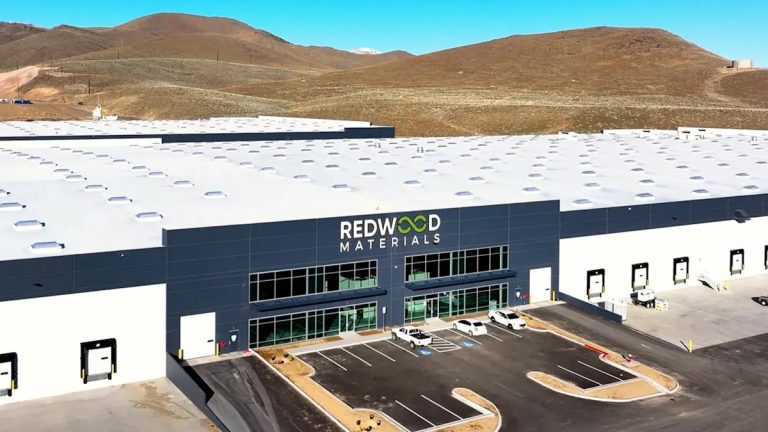Despite the uncertainty stemming from US President Donald Trump’s trade and tariff policies in the first few months after taking office, the Indian economy is seen to have rebounded and clocked a four-quarter high growth of 7.4% in the fourth quarter of FY25.
The economy is seen to have grown by 6.5% on FY25, in line with official estimates, giving comfort that India will continue to weather the global headwinds in the current fiscal as well.
Pointing to the robust macro-economic data for the first quarter of the current fiscal, Chief economic advisor V Anantha Nageswaran expressed confidence that the economy will grow within range of the official forecast of 6.3% to 6.8% in FY26 with private consumption, especially rural rebound and resilient services export as the key drivers. “Momentum of the economy which picked up in the fourth quarter of FY25 is continuing in the first quarter of FY26, which is a good sign,” he underlined.
Addressing reporters after the GDP data was released on Friday, the CEA noted that in the first quarter of the current fiscal, PMI of both manufacturing and services is in expansionary zone. Average occupancy rate in hotels in April 2025 was better than March 2025 while cargo activity has been better year on year and urban and rural demand has also been doing well.
“Conditions are in place for low inflation, steady growth rate,” he said, adding that given the global economy, our economy is doing well. “If we continue bringing in foreign investment, private capital investment picks up and urban consumption continues to grow, then we can achieve a growth rate at the higher end of the range, if not lower range,” he said.
He noted that external sector contribution to the economy due to trade restrictions will continue to be “opportunistic” and said that he does not expect the rising Covid cases to prove to be a challenge economically. The downside risk would continue to be how global financial markets behave.
Most analysts also expect GDP growth in the range of 6.5% this fiscal.
Dharmakirti Joshi, Chief Economist, Crisil said the agency expects India’s GDP grow at 6.5% in fiscal 2026 with risks tilted downwards. “We anticipate that consumption will remain robust in the current fiscal year, buoyed by favourable domestic factors such as normal monsoon patterns, the transmission of interest rate cuts by the Reserve Bank of India (RBI), and middle-class income tax benefits. These latter two factors are expected to bolster urban consumption and complement the strong rural demand,” he said. However, investment demand is likely to remain sluggish, as elevated uncertainty will dampen corporate investment appetite, and public investment is planned to grow at a slower rate compared to fiscal 2025, he cautioned.
Madan Sabnavis, Chief Economist, Bank of Baroda also said that growth for FY26 will be maintained in the range of 6.4-6.6%.
Analysts have however, highlighted concerns around consumption growth in the fourth quarter of FY25 and said it could be a concern in FY26.
“The unevenness witnessed in the consumption recovery remains a critical monitorable going forward. The strength in rural demand is expected to continue on the back of favourable prospects for monsoon, healthy reservoir levels and upbeat agricultural output. However, the softness in urban demand continues to be an area of concern,” said Rajani Sinha, Chief Economist, CareEdge Ratings. A broad-based and durable consumption recovery along with the revival in government’s capex become increasingly critical for a revival in the private capex cycle. The agency expects GDP to grow by 6.2% this fiscal.
The private consumption growth moderated to a five-quarter low of 6% yoy in the fourth quarter of FY25 while government consumption expenditure declined 1.8% yoy in the fourth quarter. This was the






